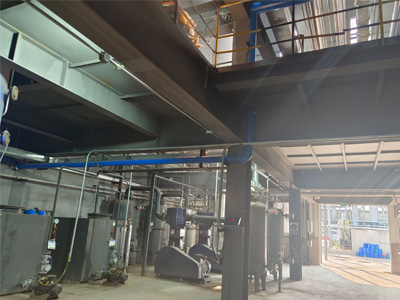coagulants and flocculants in water treatment
Coagulants and Flocculants in Water Treatment
Water treatment is a critical process that ensures safe drinking water and maintains the quality of water bodies. Among the various techniques employed in water purification, the use of coagulants and flocculants plays a vital role in removing suspended particles, organic matter, and pollutants. Understanding their mechanisms and applications can enhance the efficiency of water treatment systems.
Coagulants are chemical substances that facilitate the aggregation of fine particles suspended in water. When added to water, coagulants neutralize the charges on suspended particles, allowing them to come together and form larger clusters known as flocs. Commonly used coagulants include aluminum sulfate (alum), ferric chloride, and polyaluminum chloride. Each of these substances works effectively to reduce turbidity and improve water clarity.
The selection of a coagulant often depends on various factors, including the nature of the impurities present, pH levels, and the specific requirements of the water treatment system. For instance, alum is widely used due to its cost-effectiveness and availability. However, it works best within a certain pH range, typically around 6 to 8. In contrast, ferric chloride operates effectively across a broader pH spectrum, making it a versatile choice for many applications.
Once coagulants have been introduced into the water, the subsequent step involves flocculation. Flocculation is the process where the small particles, now aggregated into flocs, are encouraged to bind together into larger clumps, facilitating their removal through sedimentation or filtration. This process can be achieved mechanically through gentle mixing or by adding flocculants—substances that promote the formation of larger flocs.
coagulants and flocculants in water treatment

Flocculants can be natural or synthetic polymers, and they vary in their charge and molecular weight. Common flocculants include polyacrylamide and natural polysaccharides such as guar gum. The choice of flocculant is crucial as it affects the size and settling rate of the flocs created during the treatment process.
The advantages of using coagulants and flocculants in water treatment are substantial. They effectively reduce turbidity, remove harmful microorganisms, and assist in the elimination of toxic substances. Moreover, by enhancing the sedimentation process, these chemicals improve the efficiency of subsequent filtration stages, resulting in cleaner water.
However, the use of chemical coagulants and flocculants also raises concerns regarding the potential for chemical residuals in treated water. The presence of these residuals can lead to health risks if not properly managed. As a response, water treatment facilities must implement rigorous monitoring and treatment protocols to ensure that all chemical residues are within safe limits, in compliance with regulatory standards.
Sustainability is also an important consideration in modern water treatment practices. Researchers are exploring environmentally friendly alternatives to traditional coagulants and flocculants. For example, bio-coagulants derived from natural sources are gaining attention for their effectiveness and lower environmental impact. These alternatives not only minimize chemical usage but also reduce the likelihood of harmful residuals.
In summary, coagulants and flocculants are essential components of water treatment processes. Their ability to aggregate and remove pollutants significantly contributes to producing high-quality drinking water. However, it is crucial to balance effective treatment with environmental considerations, paving the way for innovative practices in water purification. Continued research and development in this field are necessary to enhance water treatment technologies and address the growing global concern for clean water access.
-
Water Treatment with Flocculant Water TreatmentNewsJun.12,2025
-
Polymaleic AnhydrideNewsJun.12,2025
-
Polyaspartic AcidNewsJun.12,2025
-
Enhance Industrial Processes with IsothiazolinonesNewsJun.12,2025
-
Enhance Industrial Processes with PBTCA SolutionsNewsJun.12,2025
-
Dodecyldimethylbenzylammonium Chloride SolutionsNewsJun.12,2025





